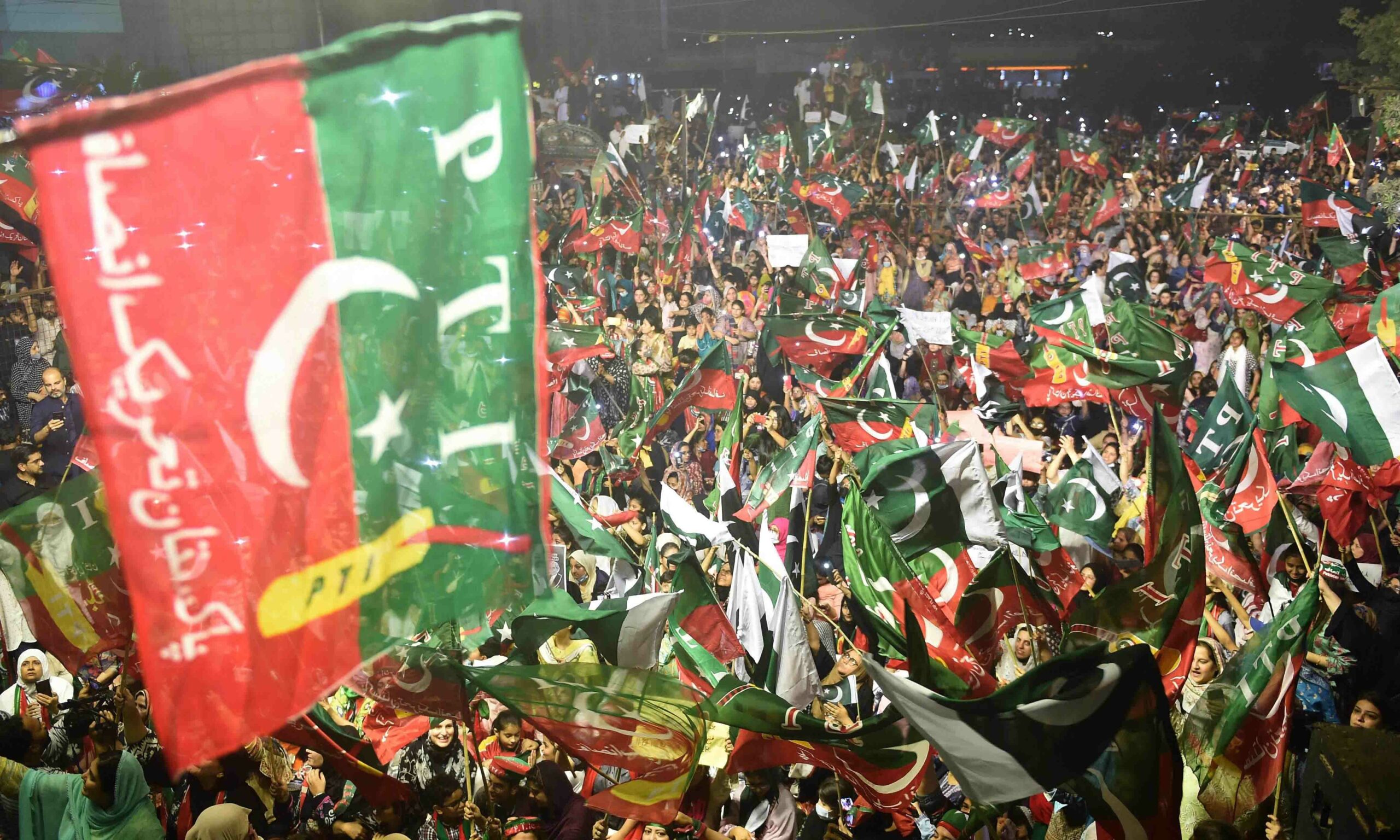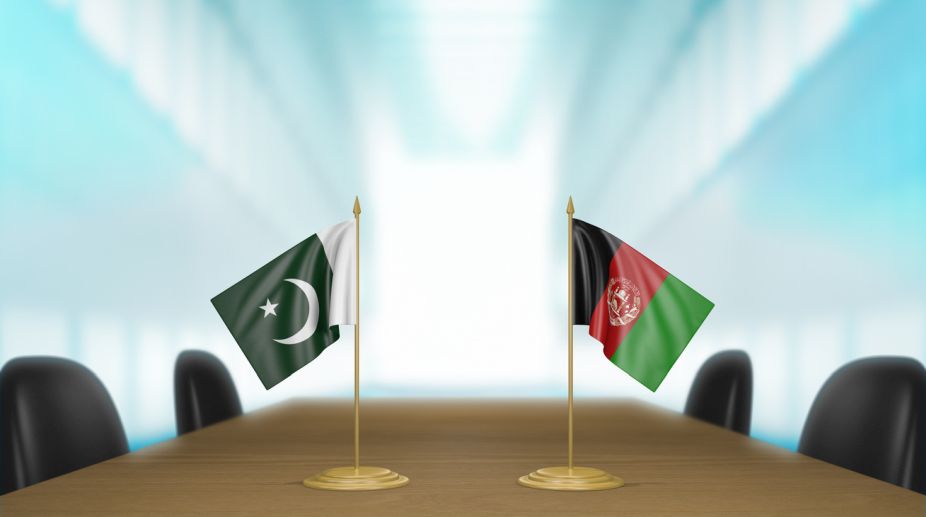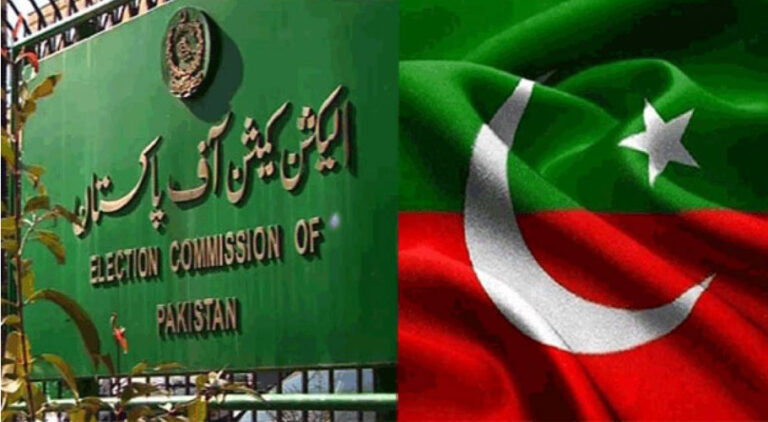Bilawal Kamran
The 2025 season of the Pakistan Super League (PSL) may have been disrupted by geopolitical tensions, but it concluded with one of the most thrilling finals in the league’s history. Despite losing some international star power due to the tournament’s mid-season suspension following the India-Pakistan conflict, the PSL ended with a dramatic flourish — a finish that not only salvaged the competition’s reputation but elevated it to new heights.
In a final that unfolded like a cinematic climax, Lahore Qalandars pulled off the highest successful chase in any T20 final, cementing their legacy with their third PSL title in four years. What stood out wasn’t just the win, but the manner in which it was achieved — with resilience, improvisation, and contributions from unlikely heroes.
Among the standout performers was Sikandar Raza, the Zimbabwean all-rounder born in Pakistan. Just a day before the PSL final, Raza was in Nottingham representing Zimbabwe in a Test match against England. Yet, driven by professional commitment and emotional ties to Lahore, he rushed back and landed merely ten minutes before the toss. Against all odds, it was Raza who struck the winning runs, capping off a whirlwind 48 hours with a performance that instantly entered PSL folklore.
Equally impressive was Kusal Perera, the seasoned Sri Lankan batter who joined the Qalandars late in the season after several foreign players refused to return due to security concerns. His entry into the playing XI brought an immediate spark — none more so than his composed and aggressive 62 off 31 balls in the final. It was his second match-winning knock in as many games, following a crucial half-century in the eliminator against Islamabad United. Perera’s presence became symbolic of Lahore’s strategic adaptability under pressure.
Credit must also be given to Shaheen Shah Afridi, who reasserted his dominance with the ball. After a season marked by inconsistency and injury concerns, Afridi delivered when it mattered most. His leadership, both tactical and emotional, galvanized the team. Alongside him, young batsmen Mohammad Naeem and Abdullah Shafique contributed vital runs under pressure, showcasing Lahore’s depth and future potential.
The final itself was a rollercoaster. Lahore required 57 runs from the last 20 deliveries — a task that appeared nearly insurmountable under the weight of scoreboard pressure and the Gladiators’ well-oiled bowling attack. But the Qalandars, unfazed, launched a blistering counterattack. Perera and Raza’s late flurry turned the tide, disorienting the Gladiators, who had looked dominant throughout the tournament.
For Quetta Gladiators, it was a heartbreaking collapse. Having topped the group stages and displayed the most consistent cricket of the season, they entered the final as clear favorites. Their bowlers had choked oppositions throughout the campaign, and when they had the Qalandars on the ropes, it seemed inevitable they would finally lift a trophy after years of near-misses. But their failure to hold their nerve under pressure exposed a lack of experience in closing high-stakes matches — a recurring problem for the franchise.
Still, the Gladiators’ campaign was not without merit. Their young talent impressed, their strategies were often spot-on, and they played an attractive, fearless brand of cricket. If anything, this defeat will serve as a catalyst — a lesson in humility and pressure management that will likely shape a stronger comeback next season. With a few adjustments and better execution in crunch moments, they remain strong contenders for future titles.
What this PSL final ultimately demonstrated is the enduring appeal of the league despite external disruptions. That a competition temporarily derailed by political conflict could produce such a high-quality, emotionally charged final speaks volumes about the resilience of Pakistani cricket and the league’s foundational strength. The PSL not only survived adversity — it transformed it into opportunity, giving emerging players a stage and fans a moment to celebrate in a tense national climate.
Beyond the spectacle, this season underscored important themes for the future of the league. It validated the importance of flexible squad building, the need for psychological toughness in knockout games, and the undeniable role foreign players play in enhancing the tournament’s appeal. But it also highlighted Pakistan’s growing talent pool, with local players increasingly stepping up to carry the weight in pressure situations.
The gripping final has reinvigorated fan interest, with social media buzzing and stadiums expected to be even fuller next season. As the PSL continues to evolve, it must take stock of this season’s lessons: ensuring stability amid geopolitical uncertainty, protecting player welfare, and maintaining competitive integrity no matter the challenges.
Lahore Qalandars’ comeback win was more than just a sporting triumph — it was a metaphor for Pakistani cricket itself: unpredictable, passionate, and capable of producing magic when least expected. The PSL may have started with uncertainty, but it ended in resounding style. Now, anticipation is already building for next year’s tournament, as fans look forward to another season of drama, excellence, and hope.

















